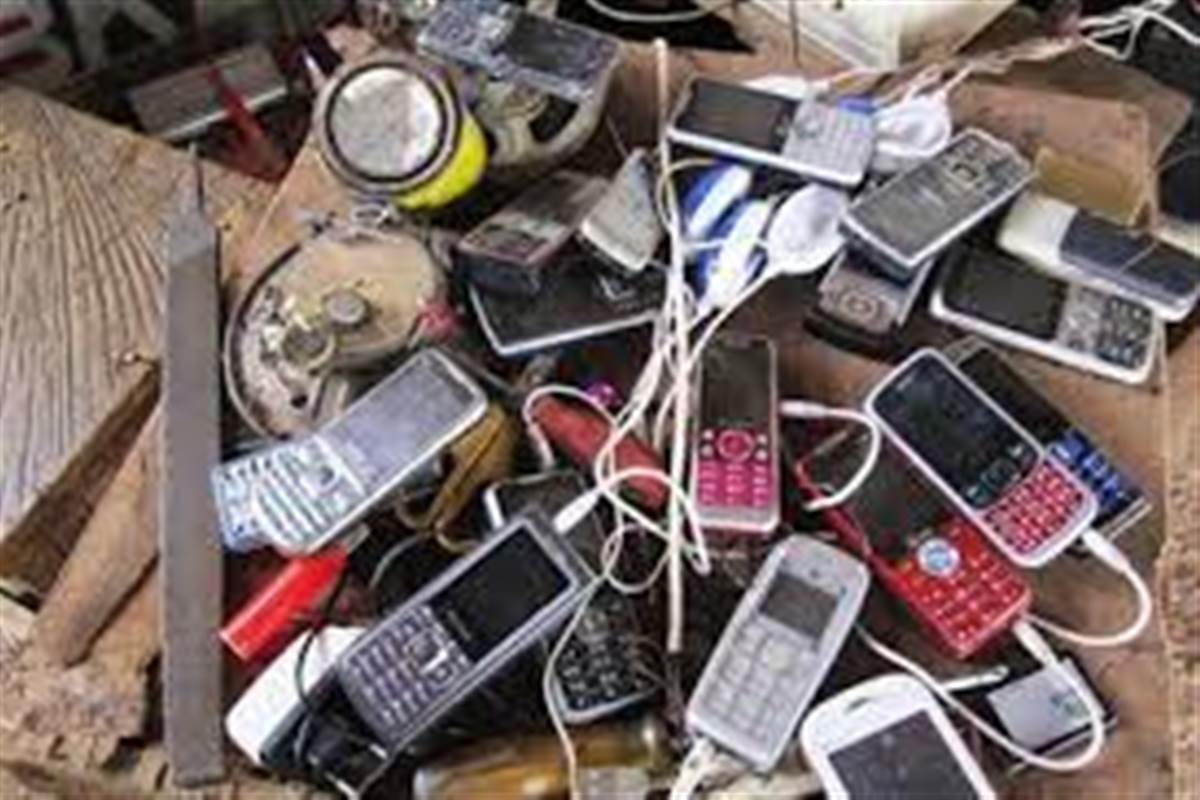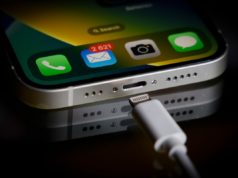
For many of us, our smartphones have turned into our regular nighttime snuggle buddies, placed beside our pillows as they charge throughout the night.
But perhaps we should heed the tale of Wiley Day, who went to bed last month and as usual, plugged his smartphone in to charge via an extension cord before he went to sleep.
When he rolled over the next morning, Day’s metal dog-tag necklace reportedly caught exposed prongs on the charger, turning it into a conductor for electricity that delivered Day a powerful jolt.
Related: Apple to Investigate Alleged Death From iPhone
Electric Shock
The Alabama man called it “the eeriest, darkest, most demonic thing you could ever experience,” telling The Washington Post, “I don’t have enough adjectives to describe it.”
A London man died last December after reportedly charging his smartphone while in the bath. And a woman in China died in 2013 after she reportedly got a deadly jolt of power when she answered her charging iPhone.
And who can forget those smoking hot Samsung Galaxy Note 7 phones last year that were blamed for a number of fires and minor injuries before they were banned from airplanes and completely recalled?
Nearly half of smartphone owners — 44 percent — sleep with a phone next to their bed, according to findings from the 2012 Pew Internet Project.
An average of 400 people die each year from electrical hazards, while 4,400 people are injured, according to the American Burn Association. Of that data, 180 cases stem from consumer products — not just smartphones.
Sure, distracted walkers and drivers are responsible for many more incidents, but there are a few precautions you can take to make sure you don’t end up in a freak smartphone accident.
But How to Stay Safe?
Your smartphone likely has a lithium ion battery. As Apple explains on its website, lithium-ion batteries are ideal because, “compared with traditional battery technology, lithium-ion batteries charge faster, last longer, and have a higher power density for more battery life in a lighter package.”
In order to get the most out of your battery, and to stay safe, you’ll want to make sure you’re using an officially approved charger to work with your smartphone, or a well-made compatible third-party charger.
Regularly check to ensure your charger is in optimal condition and there aren’t any exposed wires. Does your phone get hot soon after you plug it in? If so, it may be time to unplug and get a new charger.
Smartphone makers also note that it’s not a good idea to cover your phone with your sheets.
“Covering the device with bedding, your body, thick clothing or any other materials that significantly affect air flow may affect the performance of the device and poses a possible risk of fire or explosion, which could lead to serious bodily injuries or damage to property,” Samsung warns in its “common phone” health and safety warranty guide.
So, if you’re still inclined to snuggle with your smartphone, your best bet may be to keep it on a nightstand, or better yet, a saucer or plate, which can absorb the heat in the event something goes awry.






